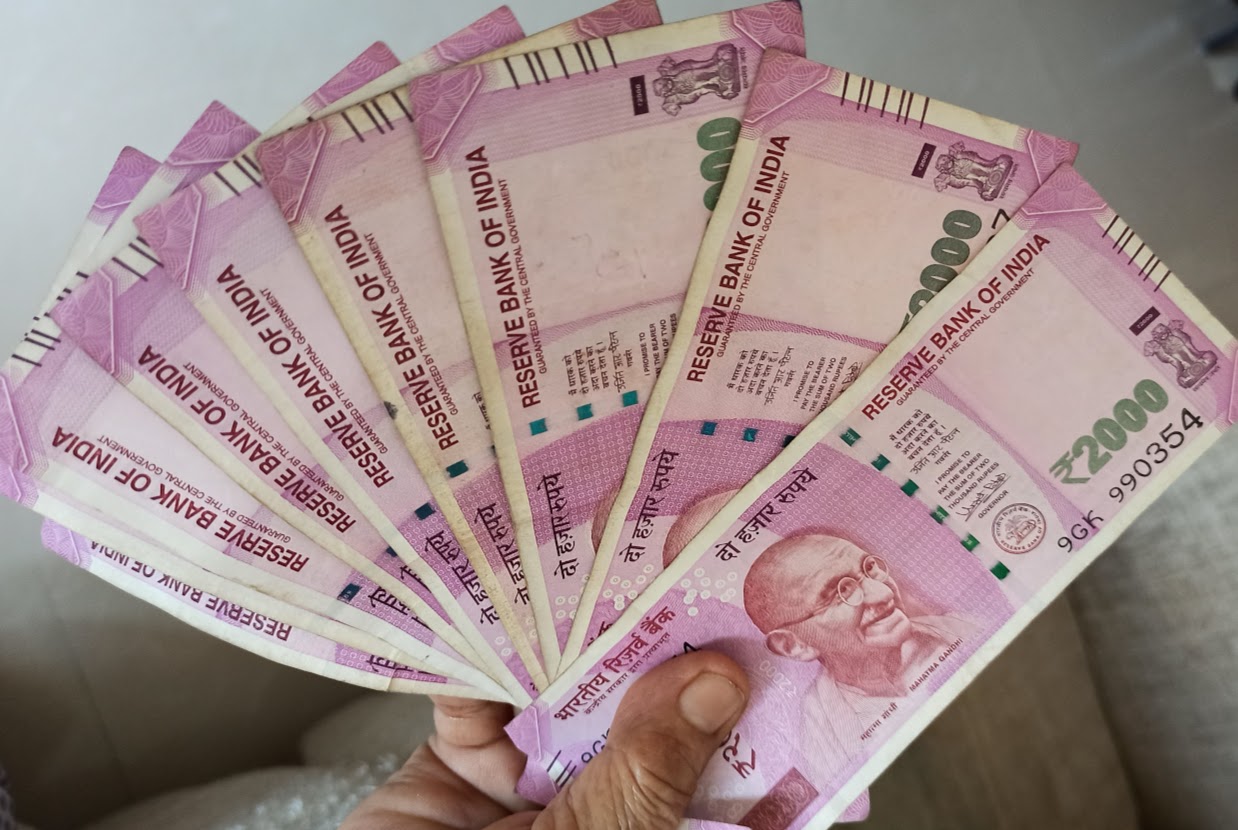
The Reserve Bank of India on Tuesday directed banks to preserve the CCTV recordings of their branches and currency chests from 8 November 2016 to 30 December 2016, to keep alive investigations of enforcement agencies against those involved in illegal activities during the demonetisation period.
The government had demonetised high value currency notes of Rs 500 and Rs 1,000 on 8 November 2016, with an aim to check black money and curb terror funding. People were asked to exchange or deposit the junked currency notes in their bank accounts. New currency notes of Rs 500 and Rs 2,000 denominations were also issued after the withdrawal of the old notes.
On the basis of various inputs, the investigative agencies started probing matters relating to illegal accumulation of new currency notes. In order to facilitate such investigations, the RBI has asked the banks not to destroy the CCTV recordings of the period of demonetisation till further orders.
"...keeping in view the investigations pending with law enforcement agencies, proceedings pending at various courts, you are advised to preserve the CCTV recordings of operations at bank branches and currency chests for the period from November 08, 2016 to December 30, 2016 in a proper way, till further orders," the RBI said in a circular to banks.
The present order is a continuation of an earlier advisory issued to the lenders in December 2016 to preserve the CCTV footage of operations at bank branches and currency chests.
Of the Rs 15.41 lakh crore worth Rs 500 and Rs 1,000 notes in circulation on 8 November 2016, when the note ban was announced, notes worth Rs 15.31 lakh crore have been returned.
According to a PTI report, the 2016 demonetisation has led to an all-time high generation of over 14 lakh suspicious transaction reports (STRs), a record 1,400% jump over the past, by banks and other financial institutions in the country. STRs are also generated by the banks for those transactions that give rise to a reasonable ground of suspicion that it may involve financing of the activities relating to terrorism.
The Financial Intelligence Unit has compiled comprehensive data of such instances, including fake currency deposits, for the year 2017-18. This data was later shared with various investigative agencies like the Income Tax Department, the Enforcement Directorate, the CBI and the Directorate of Revenue Intelligence.
The FIU is the central agency under the Union finance ministry that analyses suspicious financial transactions pertaining to money laundering, terror financing and serious instances of tax frauds and crimes.
